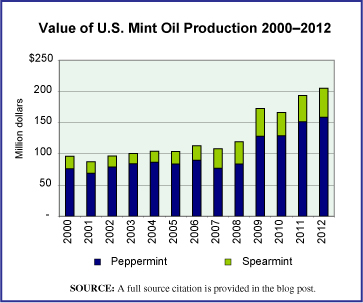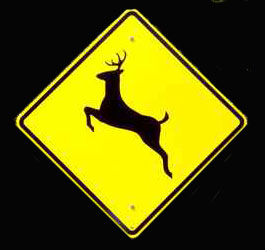Farming is not for the weak of heart as volatility in agricultural output is still the norm. After a year of devastation for the fruit industry in the State of Michigan, this year is shaping up to be a strong recovery. No matter how much technological know-how we invest in our agricultural industries, in the end, weather can still have the final say on whether a year is a boon or a bust.
Michigan is the third largest apple producing state in the union and its state flower is the apple blossom. In 2012, unusual weather patterns in the early part of the season destroyed many of the fruit crops for the year. In 2013, the pent-up energy in the fruit bearing trees has combined with perfect weather conditions to produce what is expected to be a bumper crop for most fruits grown in Michigan.
Today’s market size is the quantity of apples and cherries grown in Michigan in 2012 and 2013, based on early 2013 crop reports.
Geographic reference: Michigan
Year: 2012 and 2013
Market size: Apples: 2.74 and 30.0 million bushels respectively
Market size: Cherries: 11 and 212 million pounds respectively
Source: Michael Martinez, “Michigan expects biggest apple crop in decades,” The Detroit News, August 31, 2013, available online here.
Original source: Apple Committee and the Michigan Farm Bureau
Posted on September 3, 2013




